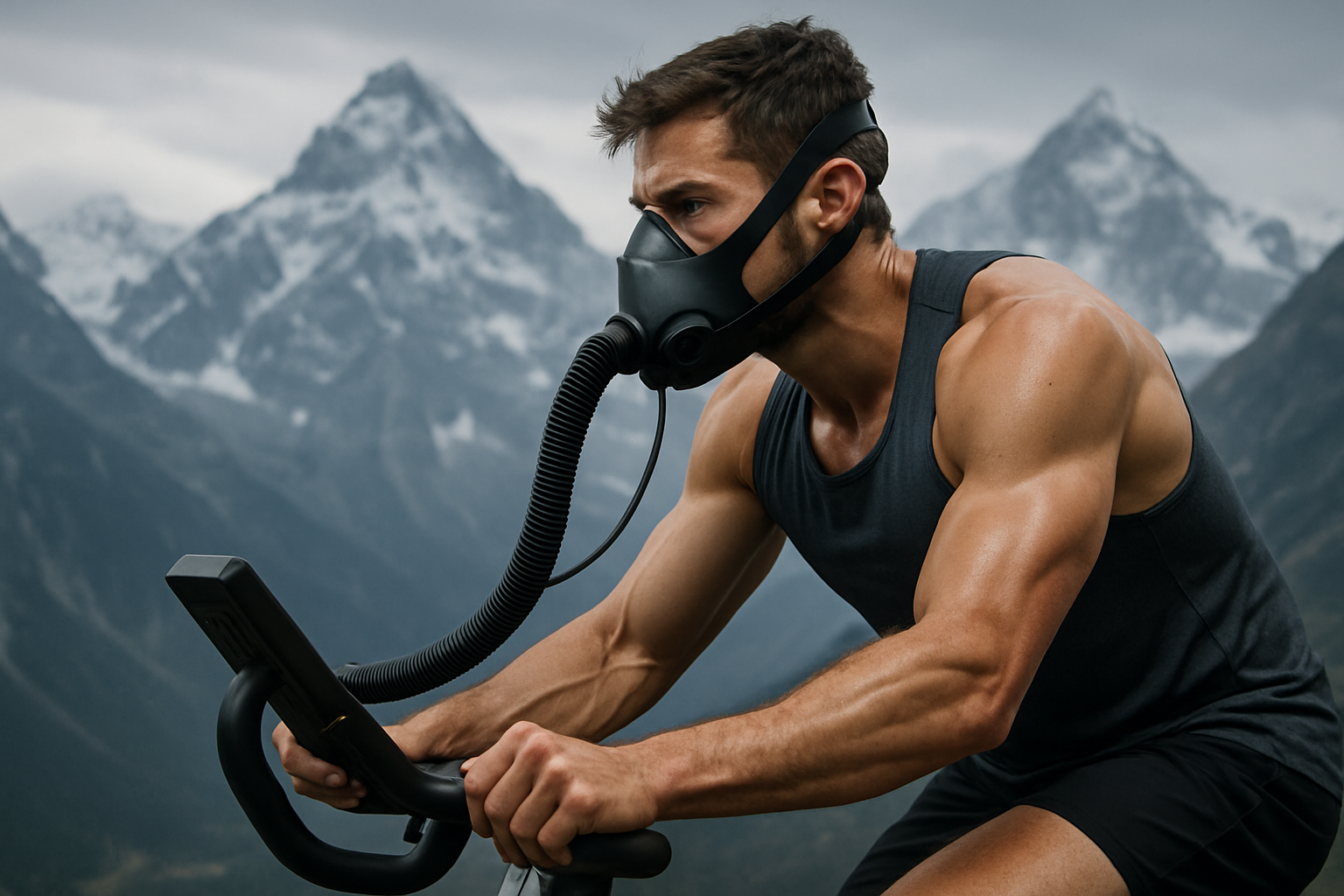Adapting endurance sessions for high altitudes and varied climates
Training endurance at altitude or in extreme climates changes how the body responds to cardio work. Whether you are running, cycling, walking, or using interval or HIIT formats, breathing, heart rate, and metabolism adapt differently than at sea level. This short overview previews practical adjustments for stamina and recovery.

Training endurance at altitude or in challenging climates requires deliberate adjustments to protect health and preserve gains. Acute exposure reduces available oxygen, raising perceived effort and altering heart responses; heat or cold create separate stresses through thermoregulation and energy use. Coaches and athletes should calibrate intensity, volume, and recovery to maintain vo2max progress while avoiding overtraining or illness. Consider environmental pacing, hydration strategies, and stepwise acclimation to preserve performance and reduce risk.
This article is for informational purposes only and should not be considered medical advice. Please consult a qualified healthcare professional for personalized guidance and treatment.
How does altitude affect cardio and VO2max?
High altitude lowers ambient oxygen pressure, which can reduce VO2max and blunt aerobic output until acclimatization occurs. Early sessions may feel harder at moderate intensities and produce higher heart rates for the same pace. Plan for reduced training load and use perceived exertion or heart-rate variability rather than absolute pace targets. Over several days to weeks the body will increase ventilatory drive and make hematological adaptations; meanwhile, emphasize lower-intensity aerobic work to maintain capillary and mitochondrial signals without excessive fatigue.
Adjusting running, cycling, and walking
Mode matters when adapting sessions: walking and easy cycling can be useful low-impact options to preserve volume while limiting systemic strain. Running often produces the highest cardiac and metabolic load and may need the greatest reduction in intensity or duration at altitude or in very hot conditions. Break longer sessions into multiple shorter efforts across the day, and favor soft terrain or reduced gradients when possible to manage breathing and perceived exertion. Use local services for route information if unfamiliar with elevation profiles or shaded routes in your area.
Interval and HIIT adaptations for changing climates
Interval and HIIT are powerful stimuli for improving stamina and VO2max, but they demand careful scaling in environmental stress. Reduce the number of high-intensity repeats, lower peak intensity by 5–15%, or lengthen recovery intervals during early acclimatization or heat exposure. Focus on quality rather than quantity: fewer, well-executed intervals protect recovery and immune function. In cold climates, include proper warm-up progressions to avoid abrupt cardiovascular strain and maintain muscle temperature before maximal efforts.
Managing recovery, mobility, and heart response
Recovery protocols become more important when the body is coping with altitude or thermal stress. Prioritize active recovery, mobility work, and sleep hygiene to support autonomic balance and metabolic restoration. Gentle mobility sessions help maintain range of motion after harder days without taxing the heart. Monitor resting heart rate and subjective recovery; increased resting rates or poor sleep are common signs to reduce load. Hydration and electrolyte strategies also influence recovery and cardiovascular stability in diverse climates.
Breathing, metabolism, and sustaining stamina
Breathing patterns shift at altitude and under heat stress: ventilatory drive increases, and many athletes need to recalibrate breathing cadence to optimize oxygen uptake and comfort. Respiratory-focused drills and paced breathing can help with oxygen conservation in long sessions. Metabolism also shifts toward higher carbohydrate reliance when oxygen is limited or when environmental stress increases intensity; plan nutrition to support shorter, higher-glycogen efforts and adequate fueling for recovery in multi-day training blocks.
Using wearables and data to guide interval sessions
Wearable devices offer practical feedback for training adjustments across climates and elevations: heart-rate trends, power output, cadence, and sleep metrics can help scale intensity and volume. Use conservative heart-rate or power zones during initial acclimation and review trends over days rather than single-session extremes. Wearables are most useful when combined with perceived exertion and simple field tests — for example, steady-state pace for a fixed time — to assess adaptation. Balance device metrics with on-the-ground sensations to avoid overreliance on any single number.
In summary, effective endurance training across high altitudes and varied climates depends on progressive acclimatization, scaled intensity, thoughtful recovery, and practical use of mobility and breathing strategies. Adjust running, cycling, walking, and interval formats to local conditions, prioritize health metrics over rigid pace targets, and use wearables and perception together to guide sessions. Careful planning preserves stamina and supports longer-term improvements in cardio capacity and vo2max without unnecessary risk.





